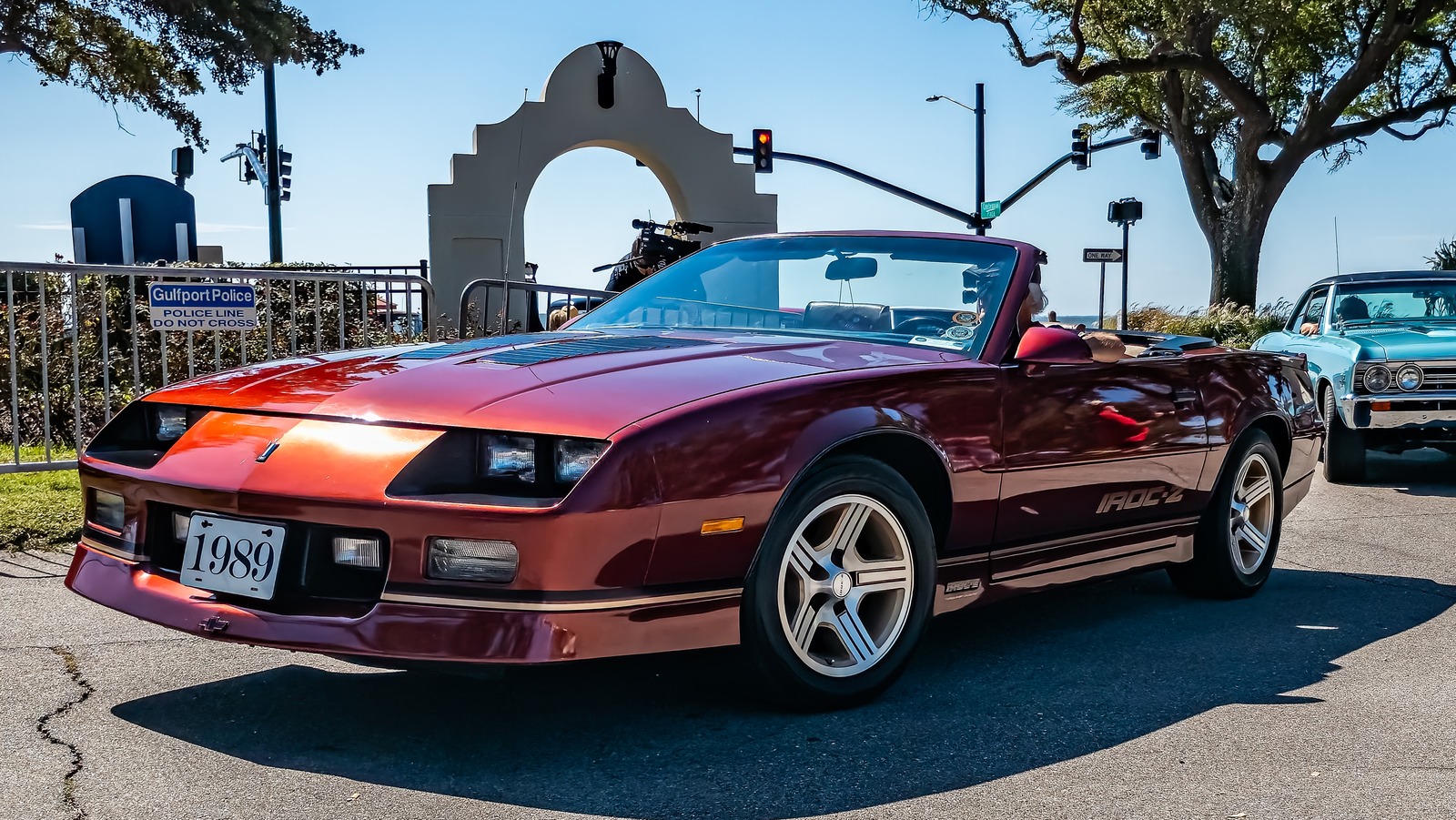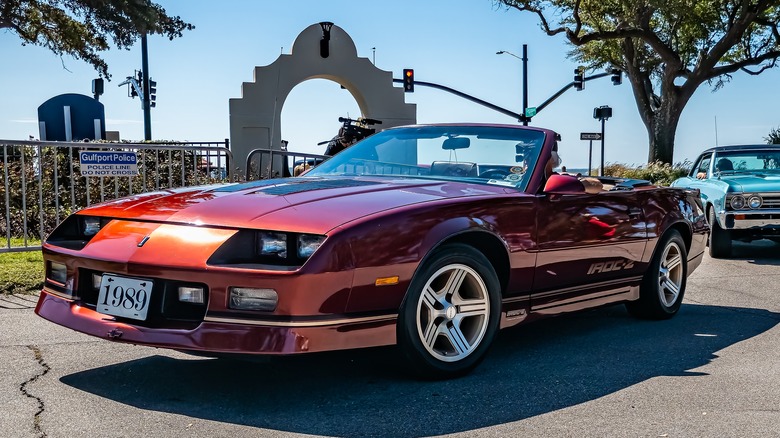There’s an old adage among gearheads that “there’s no replacement for displacement.” However, in the age of Mercedes’ controversial 2.0-liter M139 hybrid cranking out 470 horsepower, that old-school maxim might no longer be valid. Nonetheless, the 45-cubic inch difference between Chevrolet’s venerable 350-cubic inch V8 and its smog-era cousin, the lowly 305, still stirs up a lively debate among bowtie fans.
Introduced in 1976, the smaller 305 was seen as a path to increased fuel economy while sharing a considerable amount of parts with the existing 350 small-block to keep costs down. Both engines have an identical stroke of 3.48 inches, but the 305 has a 3.736-inch bore versus the 350’s 4-inch bore. There’s no question that, price notwithstanding, modern hot rodders will choose a 350 small-block — or better still, an LS — over the airflow-restricted 305 every day and twice on Sunday.
Still, the 305 doesn’t deserve the amount of scorn that it receives in some circles. With the exception of most Corvettes and a few trucks, the 305 was General Motor’s eight cylinder workhorse throughout the 1980s and early 1990s. It powered the Monte Carlo SS, luxo-barge Cadillacs, and took countless Firebirds and Camaros into battle with archenemy 5.0-liter fox-body Mustangs.
The 305 was better than no V8
In its finest form, the LB9 variant of the 305 — fitted with Chevy’s tuned-port fuel injection — made 230 horsepower in the 1989 Camaro IROC-Z. While not exactly epic by modern standards, that figure was very respectable for the time. And unlike the eventually-available 350 in late third-generation F-bodies, the 305 could still be ordered with a five-speed manual transmission.
That rare combo was good enough for lucky Camaro owners to wring out 14-second time slips in the 1/4-mile and reach a top speed approaching 150 mph. In modified form, several NHRA Stock and Super Stock drag racers running third-gen Camaros and Firebirds have made 10-second passes with the small-bore V8. The path to higher horsepower is an easy one, too, with tremendous aftermarket support and shared architecture with other small blocks, like the 350.
So while Chevy’s 305-cubic inch V8 undeniably made some compromises toward fuel economy in the midst of an oil crisis, it’s also firmly entrenched in the return of the muscle car movement, along with Ford’s 5.0-liter V8 and Buick’s 3.8-liter turbocharged V6. Recall that for a short period during the Malaise Era, you couldn’t buy a Mustang with a V8 engine at all. For that, we should be thankful to Chevrolet for keeping performance alive as well as it could with this unsung hero.



